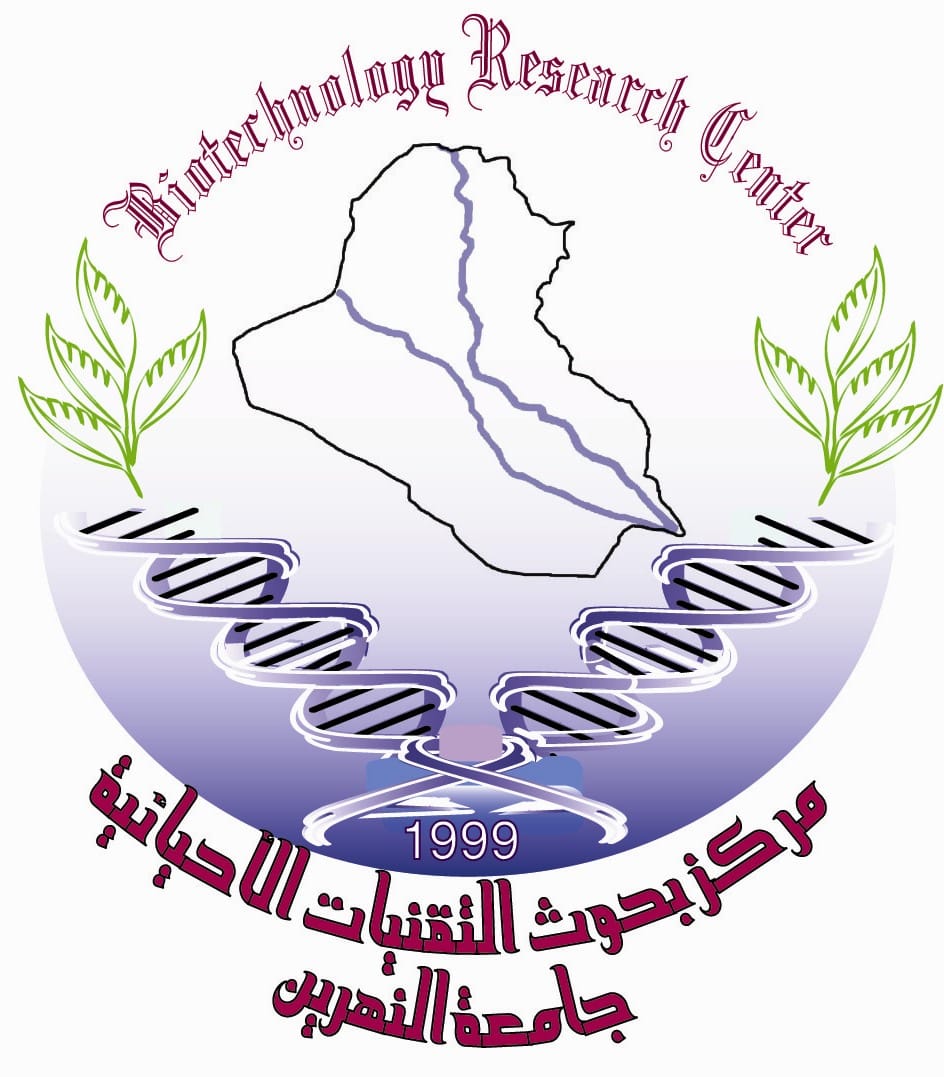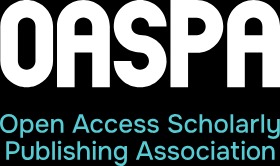Synergism between the compound Dichloroflavan and Chalcone Against poliovirus in vitro
DOI:
https://doi.org/10.24126/jobrc.2012.6.1.195Abstract
Flavone originally founded in some herbs and plants such as beans, tomato and grapefruit. Dichloraflavan (DCF) and the compound chalcone relatively non-toxic, we find in this study that the toxicity of the two compounds to RD and L20B cells ranging between (16-32)µg/ml when they used alone. The minimal inhibitory concentration (MIC) of chalcone was 0.06 µg/ml while the MIC of DCF was 0.03 µg/ml to inhibit (100TCID50) of poliovirus in RD cells and L20B cells. Binary combination of these two compounds showed synergistic activity. We used the Therapeutic Index (TI) to determine the safety of the compound the TI which is the ratio between the toxic concentrations of the drug over the MIC. If the TI one or less means that the compound not advise to use due to the side effect while if the TI more than one compound may be used for treatment, And the fractional inhibitory concentration (FIC) index to determined the synergy between the two compounds MIC of drug A in combination MIC of drug B in combination FIC index = + MIC of drug A alone MIC of drug B alone The interpretation of the index is as follows: <0.5; significant synergism; 0.5-0.9; suggestive of synergism; =1; effects are additive; 1.1-1.9 partial antagonism; .2 antagonisms.
Downloads
Published
How to Cite
Issue
Section
License
This is an Open Access article distributed under the terms of the creative commons Attribution (CC BY) 4.0 license which permits unrestricted use, distribution, and reproduction in any medium or format, and to alter, transform, or build upon the material, including for commercial use, providing the original author is credited.











